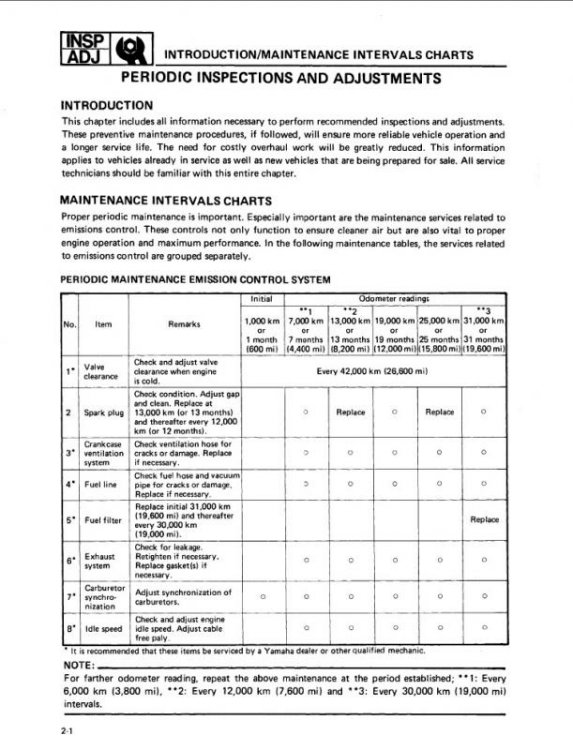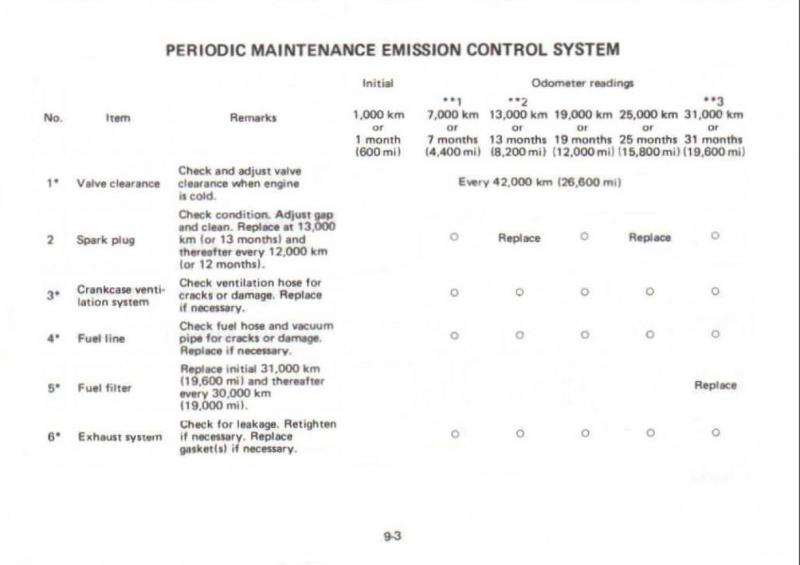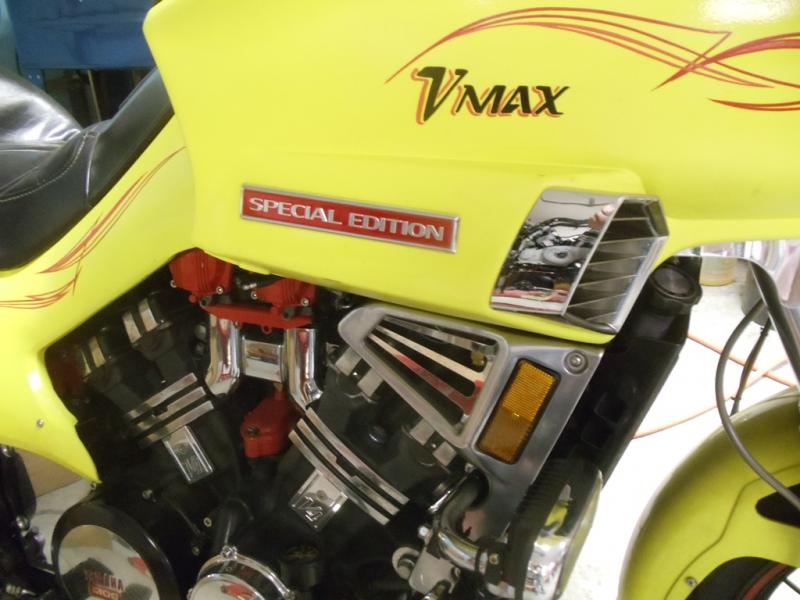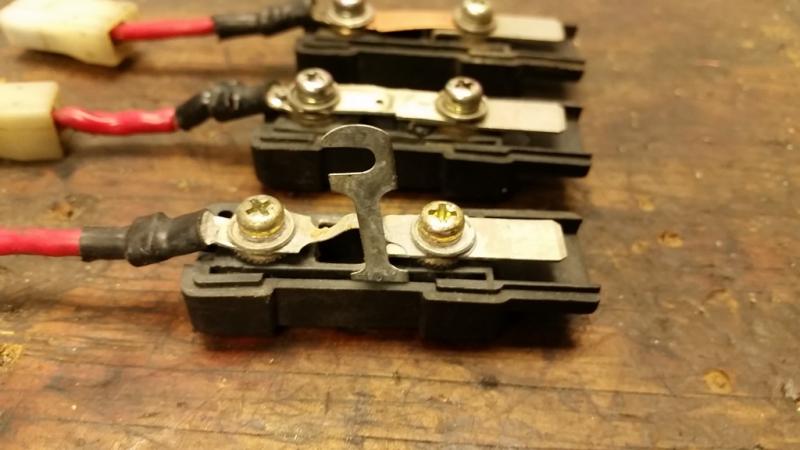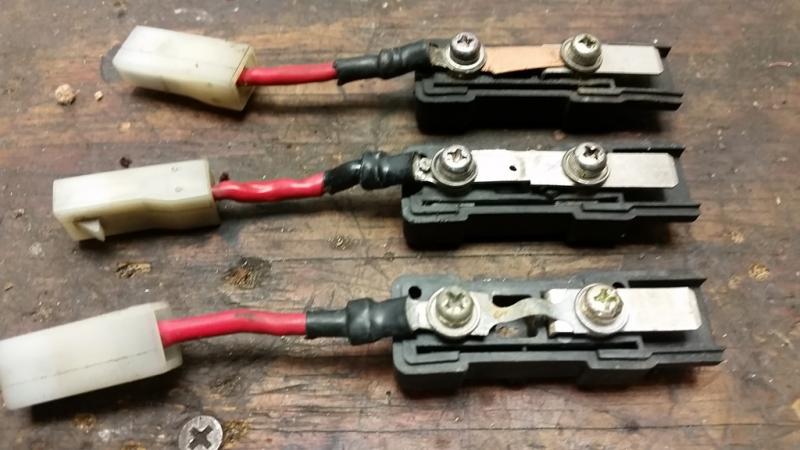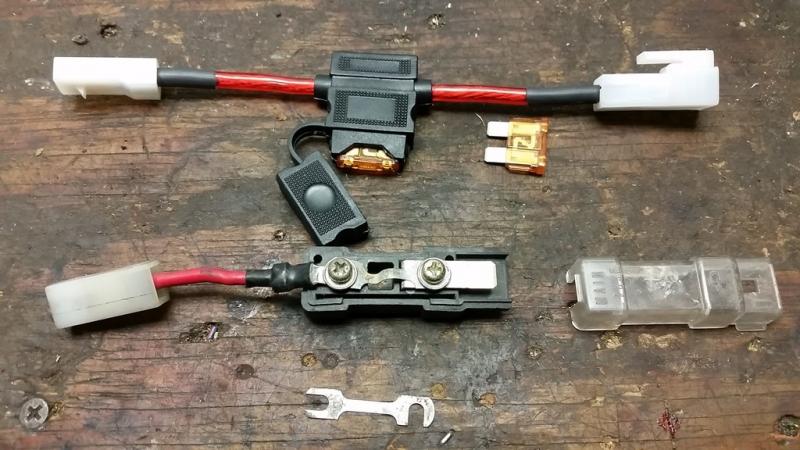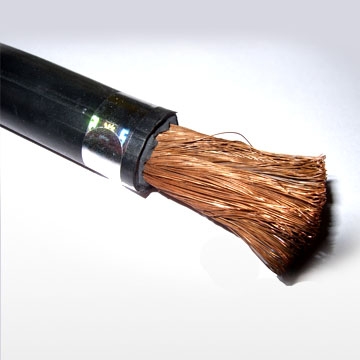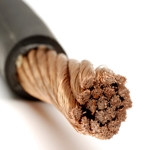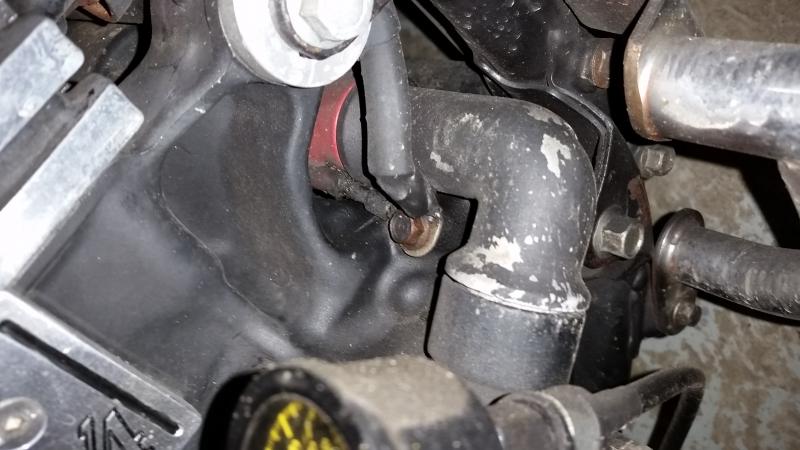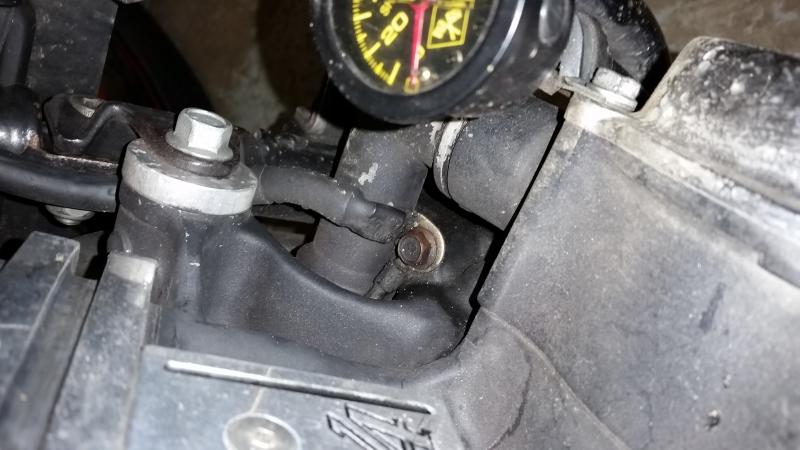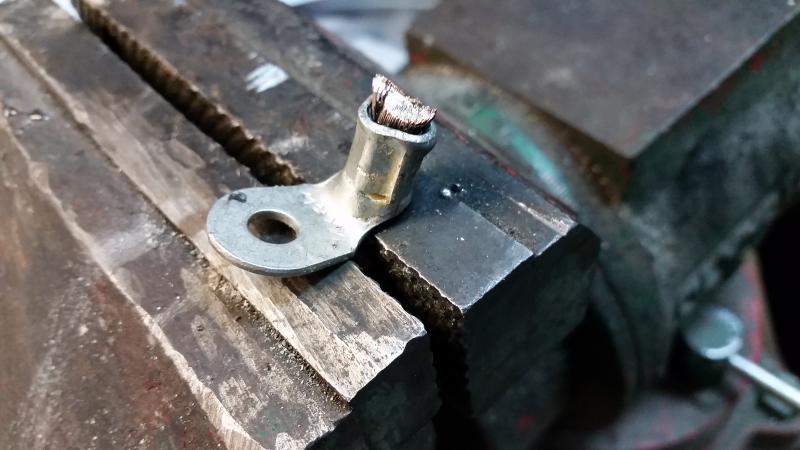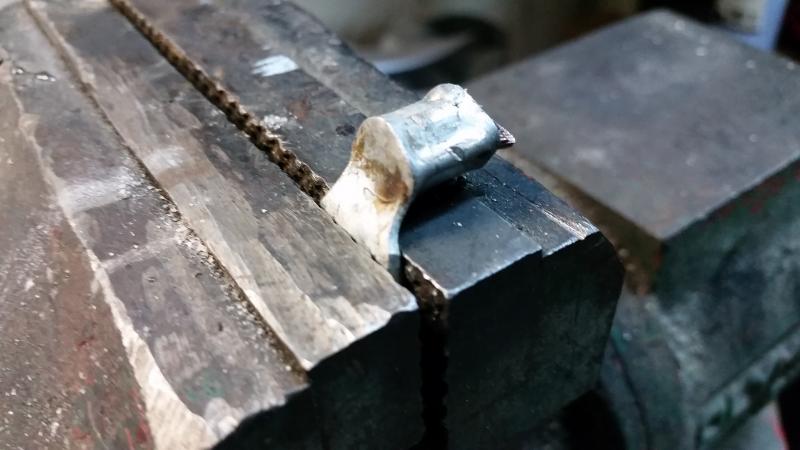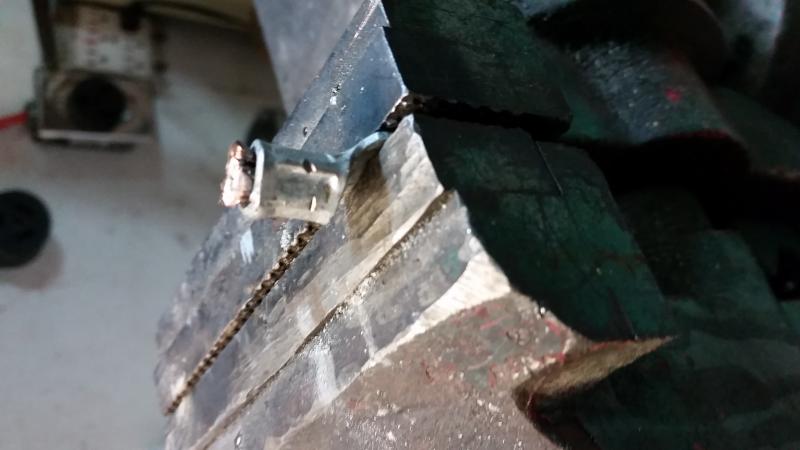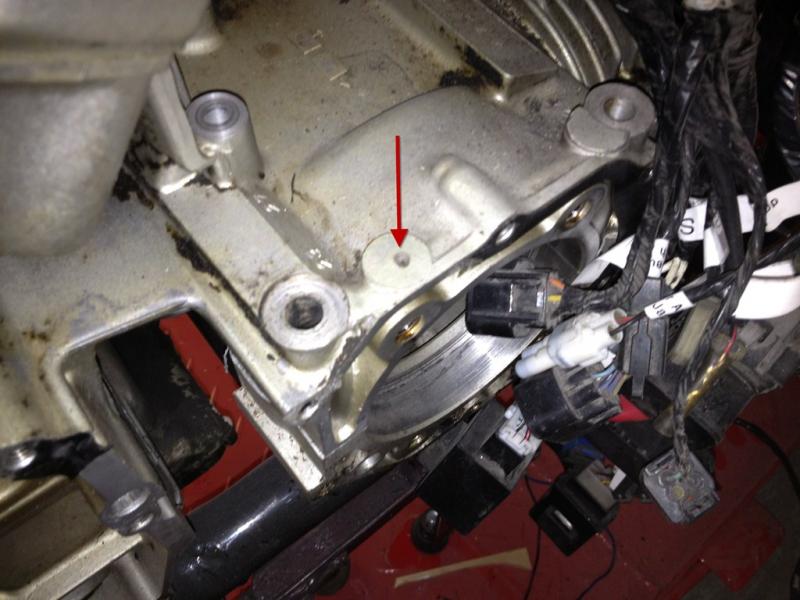-
Posts
5,403 -
Joined
-
Last visited
Content Type
Profiles
Forums
Gallery
Events
Store
Everything posted by dingy
-

Original ignitech program/map
dingy replied to jdog910's topic in Venture and Venture Royale Tech Talk ('83 - '93)
Checking the pickup coils would be the next thing I would suggest. I have seen several of those be the reason that someone thought they had a bad TCI. Check the pickup coil to harness connector closely. It is a 6 pin connector with 5 pins used. On left side by shock dampener adjuster. There are two 6 pin connectors in that area, the other one is for gear position indicator and it has all 6 pins used. I saw one guys bike that had no improvement with the Ignitech, when I pulled connector apart, it was full of fine sand. Gary -

Original ignitech program/map
dingy replied to jdog910's topic in Venture and Venture Royale Tech Talk ('83 - '93)
I think I have him taken care of. I sent 4 different maps out today, but I don't know user name here. Only Jason & his email. Gary -
I don't have any either. Gary
-

Gas Tank Issues
dingy replied to Gypsygirl's topic in Venture and Venture Royale Tech Talk ('83 - '93)
Here is a really good looking tank on ebay. http://www.ebay.com/itm/1983-Yamaha-XVZ1200-XVZ-12-Venture-Y396-gas-fuel-petrol-tank-w-cap-and-rubber-/291327041211?hash=item43d471debb&vxp=mtr About $85 including shipping. Seller may have sender & petcock also. Gary -
One of mine has the cover with hole, and there is a rubber plug in hole. It has CLASS system. Gary
-

Progress (sic) on the '84 VR
dingy replied to Patmac6075's topic in Venture and Venture Royale Tech Talk ('83 - '93)
I see what you are looking at in 83-85 Service manual, similar to what is in the 86-93 SM, page I posted above is also from Periodic Inspections & Adj.. , interval is 26,600 miles for 1st check. 1st time I have seen this one. There are more than a few error in the service manual though. Be nice to see a compilation of errors. Gary -

Progress (sic) on the '84 VR
dingy replied to Patmac6075's topic in Venture and Venture Royale Tech Talk ('83 - '93)
Attached are pages from owners manual (1983) & service manual (1986-1993). Both of these show valve check done at 42,000km (26,600 miles. The chart in the service manual is easier to follow due to format, both manual's uses a dot in column to indicate check required. Gary -
I think post BlueSky mentioned just showed difference between the 26H (1983), 41R (1984-1989) and 3J (1990-1993). Not sure but it might have been Prarriehammer that posted it. I doubt there any significant power increases in the 41R series between revision levels. If you want to stay with a stock TCI, but hotter timing curve a VMax will work (1985-1989). They are higher price due to VMax name. The Ignitrch is available which has a fully programmable curve along with many other enhancements. http://www.venturerider.org/forum/photopost/showproduct.php?product=204&title=ingnitech-tci-2c-replacement-for-1st-genventures&cat=20 The Dyna aftermarket TCI has 8 preset curves, but are hard to find for the 1983-1989 bikes. Gary
-
It might be helpful if you described how to find a short with a meter. Not sure how to do this myself. Gary
-
-
Also check the main 30amp fuse. Located on left side of bike at battery box. Part of starter solenoid. There is an active fuse and a spare one. Gary
-
Oh well, the St Judes kids appreciated your purchase. Let me know what you think of them. Gary
-
I am very happy with the Iridium's. They hold the gap very well. I haven't had a fouled plug with them. Not a cheap plug, but much longer life and knowing they are not prone to fouling is worth it to me. There are other plugs out there that are non-conventional, but ineffective in my experience. Spitfires are one, cryogenic treated another. Gary
-
The 88 I recently bought had an electrical issue that was related to main 40 amp fuse block that is located right off the positive battery post. The slightest movement of fuse block would cause bike to lose all power. I pulled the fuse block out of system and discovered that at some point someone had the main fuse blow and they decided to put a straight jumper in place of the fuse. Intermittent issue was due to one of the wire clamp screws being loose. I had 2 other spare main fuse blocks and was going to swap one of them out for the defective one. Opened 1st one up and similar alteration had been done it. Other one had a mud dauber wasp nest built in it. None of this is particularly amazing considering these are from 25+ year old bikes. What I did discover though was that inside of the main fuse block there is at least one spare fuse in a slot in the case that I did not know about. I looked in the Service Manual and did not see it noted in there either. I ended up making a new main fuse block out of components I use for battery cable sets I sell to replace the oddball main fuse, much easier to replace an ATC style fuse than the stock one out on the road.. Something you might want to check on your bike, that main fuse being bypassed is not a good thing. A failure of the rectifier/regulator is 1st thing that comes to mind. A short circuit in R/R unit is only protected by the main fuse, a bypassed main will lead to extremely high current flowing in some of the wires, the result of which could very well be a fire. I would suggest that if you are working in area of battery that this be checked. 2 out 3 that I had were bypassed like this. And also check and see if there is a spare fuse in there. 2 of the blocks each had 2 spare fuses inside. One of the pictures shows spare fuse setting upright in the spare holder. Gary
-
Do you know ebay auction they are at. Ones off your old bike are $90. Gary
-
What were the mufflers originals from? Gary
-

Main Ground Location
dingy replied to Donvito's topic in Venture and Venture Royale Tech Talk ('83 - '93)
Cable is an inch longer than stock. There should be sufficient length to mount it as shown in 1st post picture. It is easier to get socket on cap screw to tighten without looping back over cap screw. Cable I use is much more flexible than stock cables. Much finer strands that make up cable. Cable is intended for arc welding applications where skin effect is a factor. Skin effect (http://en.wikipedia.org/wiki/Skin_effect) is primarily related to AC circuits though. DC circuits tend to have current flow throughout the stand dia. Cross sectional area of fine wires as compared to larger strands is slightly greater with the fine strands as they fit closer together in the cable, less air space between them. Think of putting pebbles into a jar, or putting sand in same jar, less air space between sand grains. Gary -

Main Ground Location
dingy replied to Donvito's topic in Venture and Venture Royale Tech Talk ('83 - '93)
Here are a couple of pictures of motor attachment on Tweety. The eyelet of the terminal can be bent, Clamp it in vise and bend to needed angle. These are tin plated copper terminals and will not fracture when bent. Just position in vice so when bent, the bend line is as close to cable connection and clear of hole for bolt in terminal. I just bent a scrap one, used a small piece of wood against it and it bent smoothly. Gary -
None, Didn't take it off the lift. Put them in, tried it clutch and went back to the dual stock spring set up. Gary
-
I think Stage 5 would be more appropriate. Then Stage 6 is one stock spring and one PCW. Then Stage 7 would be 2 PCW springs. I tried 2 PCW springs in Tweety and backed off to 2 stock springs. With the 2 stock springs, I will shift to neutral if I know stop will be long. Gary
-
1986 is 1st year for Ventures with diaphragm spring. If anyone is thinking of changing an 83-85 over to diapragm setup, they will also need to change motor case clutch cover. Diagphram spring assembly is wider than coil spring setup. Tweety has 2 stock diaphragm springs in. Rather hard pull, but it will not slip. Gary
-
From what I know, it helped soften the engagement of the clutch, more to the liking of the touring type rider bike is marketed towards. Gary


